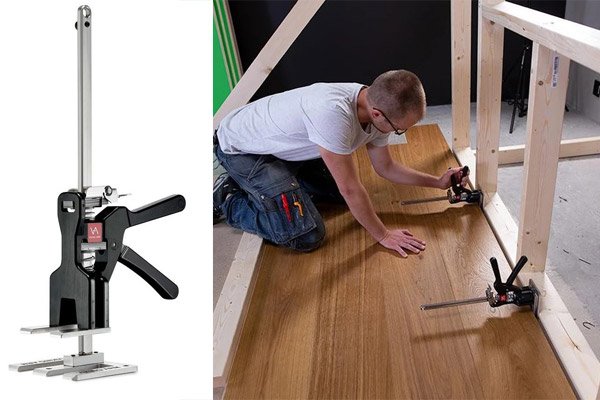Introduction
A Viking arm is a lifting tool that is one sided and is manufactured in the Norway. It is used to perform all the functions and tasks that any other tool can do such as inflatable shims and air shim. It has a considerable lifting range that makes it preferable for use than a simple jack. It is easier and quicker to use since one can also improvise on the way to use the tool to lift objects but the con lies on the price of the product which is about $200. However, it is important to note that just like other tools, Viking arm requires safety handling when in use; to prevent damage of items and self-harm.
Safety use of Viking arm
Since the Viking arm is a tool that is similar to jacks and other clamping tools the maintenance and safety use also would seem to resemble tools to lay flooring. There are some of the safety measures one should consider when using a Viking arm, these are:
Proper positioning of the Viking arm
While using a Viking arm, make sure that the tool is properly positioned so as to ensure when load is applied, it fixes on the right plane. This ensures that the load or object been lifted does not slip off the arm as that might pose danger to the human effort and damage to the product being lifted.
Ensure load for lifting can withstand the tool’s force
The object being lifted should not be too light for lifting as well as it must not be far way too much the level of tool’s capability as that would cause damage of the Viking arm and result in inconvenience. It is important to note that a Viking arm is capable of lifting objects of weight 250 kilograms, everything above that limit can cause damage during work. Therefore, objects that are about 250 Kg and below can withstand the Viking arm’s force and working can be done quite well.
Make sure to set the Viking arm on a level ground
When using a Viking arm tool, the ground is expected to be level. On a level ground the Viking arm is static therefore the load and the plane are well positioned, this means that the object load can be evenly be lifted without fear of slipping off on one’s head or damaging what is being carried.
Inspection of all parts before and after use
Before starting to work with any kind of tool, you are required to make sure that all part are intact; all bolts are tight and all parts are properly placed for the required action. This also applies to the Viking arm; one should make sure that all parts are fixed the way they are supposed to be before and after work for safety use. All faults should be fixed if available and loose bolts tightened.
Conclusion
After a long research, it has been found out that the Viking arm is the best jack tool and the best clamping tool due to the fact that it can work under unlimited range to lift similar heavy objects. It is however not purchased in plenty due to its high budget.





